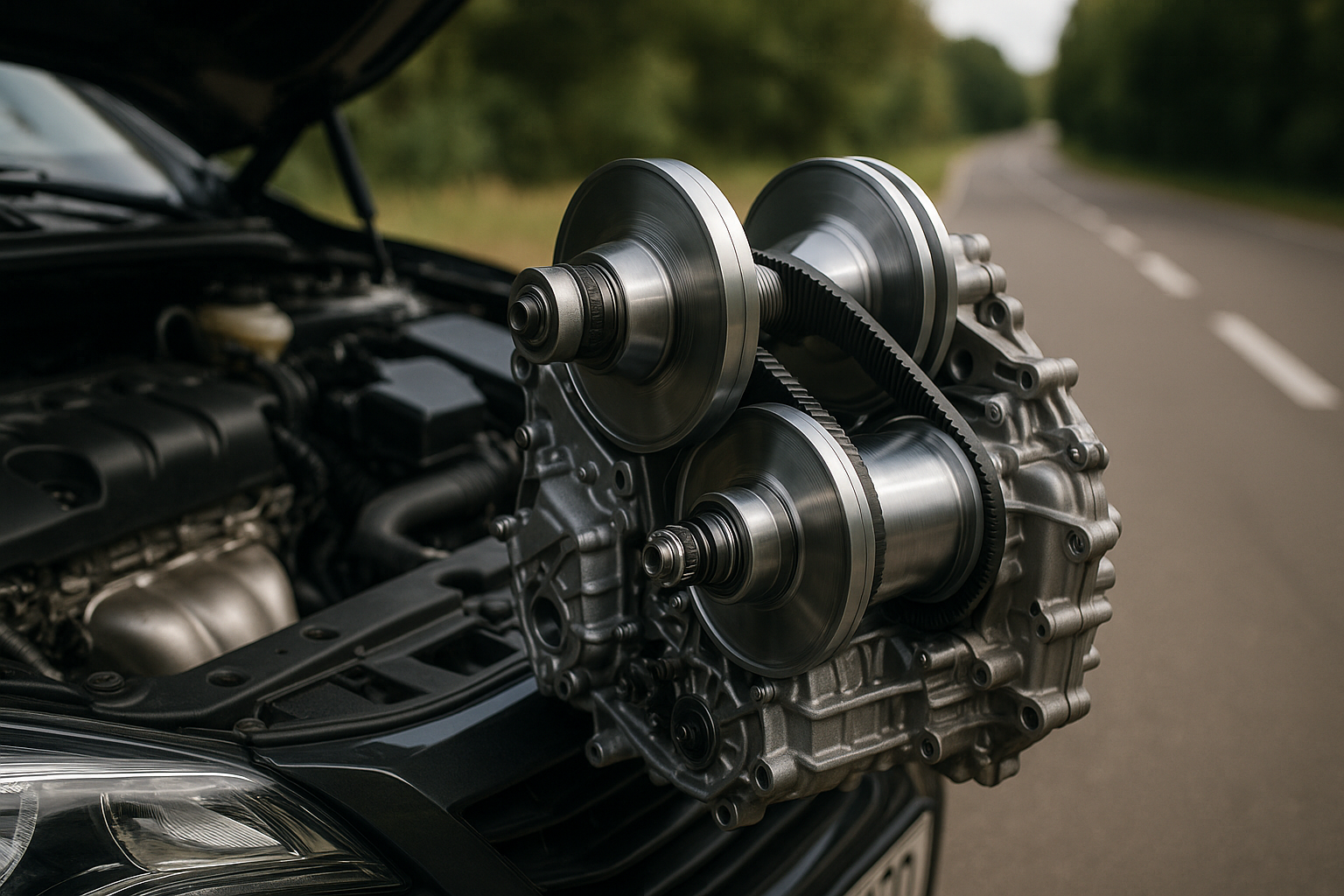Car Coating: Guide to Ceramic Coating and Paint Protection
Automotive paint coatings are engineered layers applied over a vehicle’s factory finish to reduce wear, simplify cleaning, and preserve appearance. This article explains common coating types, how they protect paint, and practical considerations for choosing and maintaining a system. The goal is practical, verifiable information to help vehicle owners compare ceramic coating, protection film, hydrophobic finishes, and clear bra options when researching local services or DIY approaches.

What is ceramic coating?
Ceramic coating is a liquid polymer that chemically bonds to automotive paint after proper surface preparation. Once cured, it forms a semi-permanent layer that is harder and more chemically resistant than standard waxes or sealants. Ceramic coatings enhance gloss and can make surfaces easier to clean because they reduce surface energy. Application typically requires paint correction (to remove swirls and contaminants) and careful curing; professional application tends to reduce the risk of errors. Ceramic coatings are not a substitute for physical impact protection.
How does paint protection work?
Paint protection describes a range of products and systems designed to shield automotive paint from environmental and mechanical damage. Protection can be passive (wax and sealants that repel contaminants) or active (films and coatings that absorb or deflect impact and abrasion). Effective paint protection relies on correct surface prep, appropriate product selection for the expected exposure, and regular maintenance. Different layers may be combined—such as a protection film on high-impact areas with a coating over the entire vehicle—to balance durability and appearance.
Why hydrophobic properties matter?
Hydrophobic finishes repel water, causing droplets to bead and run off the surface rather than forming sheets. This makes rinsing easier and helps remove light dirt and contaminants during washing. Hydrophobicity also reduces water spotting risk in some conditions, though it is not a guarantee against mineral deposits from hard water. Hydrophobic behavior is a common benefit of both ceramic coatings and some spray sealants, but it does not inherently protect against rock chips or deep scratches; mechanical protection requires thicker films or other physical barriers.
When to choose protection film?
Protection film—often called paint protection film (PPF)—is a clear, flexible polyurethane layer applied to vulnerable areas like bumpers, hoods, mirrors, and rocker panels. It is selected when the priority is physical impact resistance against stone chips, abrasion, and minor scuffs. PPF can be installed as full-wrap or panel-specific coverage and can self-heal minor swirl marks when exposed to mild heat. Consider protection film if you frequently drive on gravel roads, park in high-risk areas, or want targetted protection for leading-edge surfaces. Professional installation improves fit and minimizes visible seams.
How does a clear bra differ?
A clear bra is a branded term commonly used for front-end protection film; it functions the same as paint protection film but the name emphasizes visible coverage over the front of the vehicle. Clear bra installations focus on critical strike zones and often use thicker film in areas prone to chipping. Unlike liquid coatings, a clear bra provides a physical sacrificial barrier that can be removed and replaced. Combining a clear bra on impact-prone zones with a ceramic coating over exposed paint can deliver both mechanical protection and easier cleaning across the vehicle.
Conclusion
Choosing a car coating approach means balancing appearance, protection level, maintenance, and budget. Ceramic coatings offer long-lasting chemical resistance and hydrophobic benefits that simplify cleaning and enhance gloss, while protection film (including clear bra) provides targeted mechanical defense against chips and abrasions. Many owners combine systems—protection film where impacts are likely and a ceramic coating over the full vehicle for surface protection and ease of maintenance. When evaluating options, verify installer experience, read product documentation for care instructions, and obtain samples or references from local services in your area to match the solution to your driving conditions. This will help create a tailored plan that preserves finish and performance over time.





